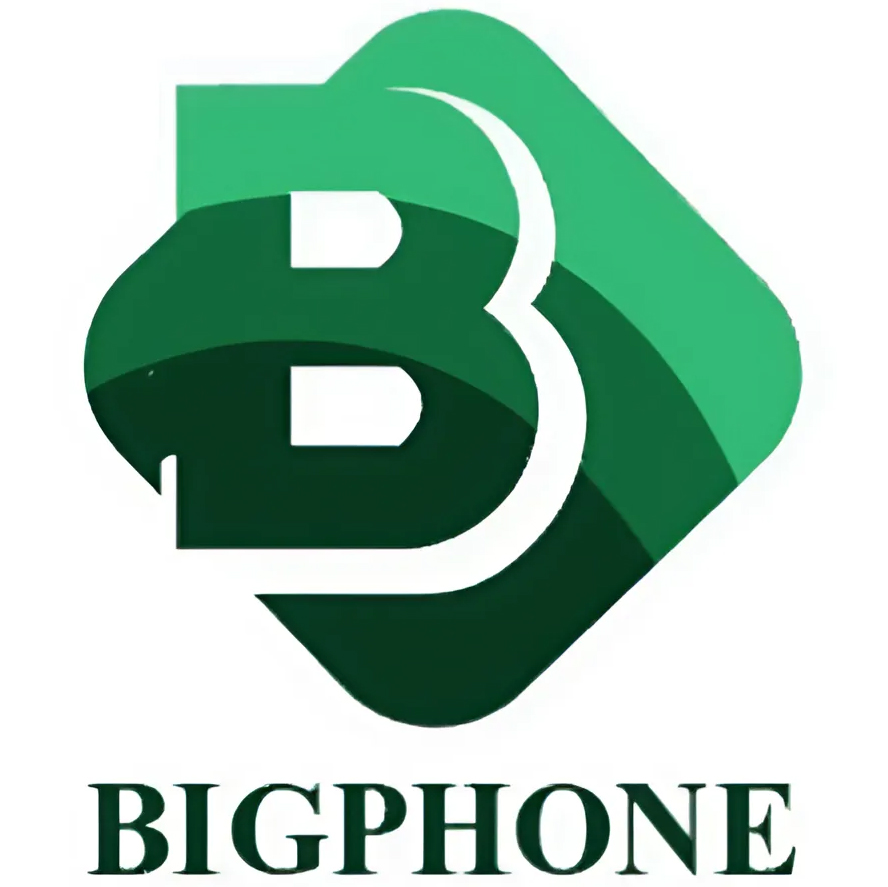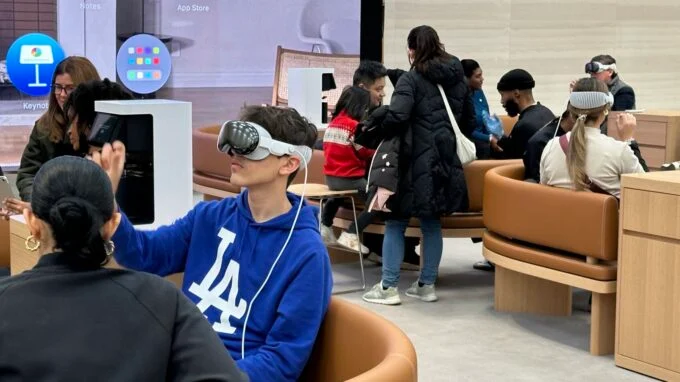Anyone in the U.S. who wanted a $3,500 Vision Pro may already have one. The only hope for increased sales is a rumored cheaper model in 2025.
Those still holding on to their Apple Vision Pros may remain in a rather exclusive club throughout this year. Market research shows that sales for Apple’s first big, expensive headset will remain low in 2024. The latest reports from those keeping tabs on the Cupertino, California company say AVP will have dropped off 75% by the end of August. The true test for Apple’s spatial dreams may rest on the rumored (slightly) cheaper headset.
The market analyst firm IDC told Bloomberg the Apple Vision Pro has yet to sell 100,000 units. It’s an expensive headset, and Apple wasn’t expecting it to sell like an iPhone. Supply chain analysts have reported that Apple cut its sales expectations for its $3,500 “spatial computer” in April. But this latest report shows that sales will have dropped off a cliff in the U.S. in the third quarter of this year and will continue to slacken through the holidays.
Last month, Apple launched the Vision Pro in international markets, including Europe, the U.K., China, Japan, and Singapore. IDC expects the AVP’s interest in those markets to keep the headset’s sales afloat until next year. The real pick-me-up for Apple’s spatial dreams would be a new, less expensive headset. Those in the know have hinted Apple is working on a “budget” Vision device slated for the latter half of 2025.
Even if the next Vision device costs half the Pro model, it will still cost $1,750 and one of the most expensive consumer-end VR/AR headsets you can buy. Rumors hint that the next device could remove the pointless exterior display to save on manufacturing costs. It could also reduce the FOV and use a less-capable chip than the current M2. Bloomberg hinted that Apple was even considering tethering it to an iPhone or Mac for daily use, which would drastically reduce its portability.
We don’t have pure statistics on how many folks returned their Vision Pro after buying it during the initial hype rush, but analysts have noted that many who bought one were confused by its more complicated setup and what they were supposed to use it for in their daily lives.
Sales expectations will put even more pressure on Apple engineers to design something that can compete with devices like the $500 Meta Quest 3 while justifying the higher price tag. Fans of the Cupertino company are already used to paying an “Apple tax” on their products, but not when the cost is literally thousands of dollars more.
Apple is working on a visionOS update to improve the faux-3D spatial photos, add a few new gesture controls, and allow for a panoramic Mac screen mirroring. The latest version of visionOS won’t have a public beta, so we’ll have to wait and see if the changes will give the few on-the-fence customers a reason to pick up the ultra-expensive headset.




